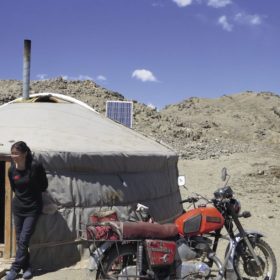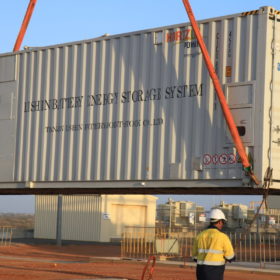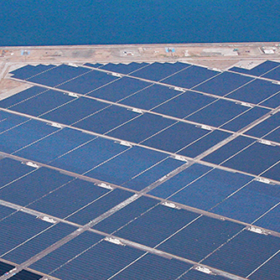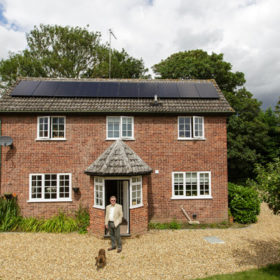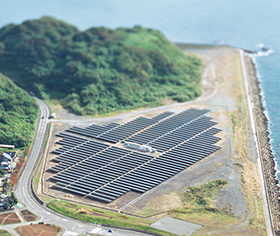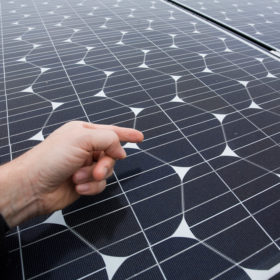Switching to solar can boost education, prosperity for developing world, study finds
Research from the Overseas Development Institute estimates that children in developing world can gain 15 minutes extra study time a day if their homes switch from fossil fuel to solar, while households can enjoy savings of $10 per month.
ARENA grants $1.9 million for distributed energy trials in Western Australia
Western Australia’s electricity provider Horizon Power is set to receive a financial shot in the arm through the installation of various distributed energy technologies in 90 homes and businesses in the coastal town of Carnarvon, which is home to the state’s first utility-scale energy storage, currently under trial.
Israel: 120 MW solar plant to be constructed by Belectric Isreal and Solel Boneh
Shikun & Binui Renewable Energy Ltd, the renewable energy arm of Israel conglomerate Shikun and Binui will own the plant, which will be located near the village of Zeélim.
Contractors appointed for DP Energy’s 375 MW solar, wind, storage hybrid plant in Australia
The Irish renewable energy developer will employ engineering firm Downer to develop the 150 MW solar energy component of the Port Augusta hybrid plant, with wind giants Vestas contracted to build 225 MW of wind power.
Toshiba posts $439.5 million H1 loss as solar ops struggle
Toshiba has posted a group net loss of JPY 49.8 billion ($439.5 million) for the first half of the current Japanese fiscal year, but the bleak outlook for its solar operations is the least of its concerns, as it struggles to cover losses from its bankrupt U.S. nuclear business and avoid being delisted from the Tokyo Stock Exchange (TSE).
UK energy storage: all eyes set to co-location with solar plants
An energy storage event organised by the UK’s Solar Trade Association this week in London showcased the potential for energy storage development in the country. However, what the solar industry is currently targeting most eagerly is co-locating photovoltaics with batteries.
Leclanché and partners to invest $12 million in first utility-scale storage project in Canada
The joint venture firm EPAL, owned by Indian state-owned Energy Efficiency Services Limited and U.K.-based Energy Pro Limited is partnering with leading Swiss battery storage solution provider, Leclanché and development partner, Deltro Energy.
UK solar households could face bigger bills under controversial new grid charge plans
Plans by energy regulator Ofgem to increase network charges to households that have residential solar PV installed have been revealed in a move that could affect one million rooftops.
SoftBank unit to build 102 MW in Japan
SB Energy, a subsidiary of Japanese telecoms group SoftBank, has revealed plans to build a 102.3 MW solar project in northern Japan, backed by 27 MWh of lithium ion storage capacity.
Panasonic posts $1.04 billion profit in H1
Panasonic recorded a net profit of JPY 118.9 billion ($1.04 billion) for the first half of the current fiscal year, from JPY 133.5 billion a year earlier, as sales of its PV systems fell.
